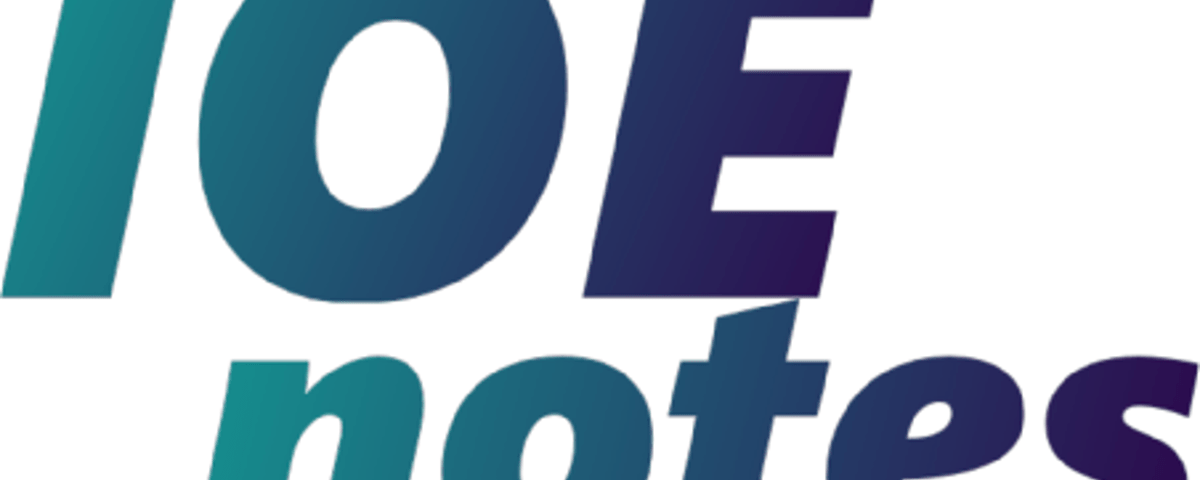SH 501
Lecture : 3 Year : II
Tutorial : 2 Part : I
Practical : 0
Course Objective:
The purpose of this course is to round out the students’ preparation for more
Sophisticated applications with an introduction to linear algebra, Fourier
series,
Laplace Transforms, integral transformation theorems and linear programming.
1. Determinants and Matrices (11 hours)
1.1. Determinant and its properties
1.2. Solution of system of linear equations
1.3. Algebra of matrices
1.4. Complex matrices
1.5. Rank of matrices
1.6. System of linear equations
1.7. Vector spaces
1.8. Linear transformations
1.9. Eigen value and Eigen vectors
1.10. The Cayley-Hamilton theorem and its uses
1.11. Diagonalization of matrices and its applications
2. Line, Surface and Volume Integrals (12 hours)
2.1. Line integrals
2.2. Evaluation of line integrals
2.3. Line integrals independent of path
2.4. Surfaces and surface integrals
2.5. Green’s theorem in the plane and its applications
2.6. Stoke’s theorem (without proof) and its applications
2.7. Volume integrals; Divergence theorem of Gauss (without proof) and its applications
3. Laplace Transform (8 hours)
3.1. Definitions and properties of Laplace Transform
3.2. Derivations of basic formulae of Laplace Transform
3.3. Inverse Laplace Transform: Definition and standard formulae of inverse Laplace Transform
3.4. Theorems on Laplace transform and its inverse
3.5. Convolution and related problems
3.6. Applications of Laplace Transform to ordinary differential equations
4. Fourier Series (5 hours)
4.1. Fourier Series
4.2. Periodic functions
4.3. Odd and even functions
4.4. Fourier series for arbitrary range
4.5. Half range Fourier series
5. Linear Programming (9 hours)
5.1. System of Linear Inequalities in two variables
5.2. Linear Programming in two dimensions: A Geometrical Approach
5.3. A Geometric introduction to the Simplex method
5.4. The Simplex method: Maximization with Problem constraints of the form “≤”
5.5. The Dual: Maximization with Problem Constraints of the form “≥”
5.6. Maximization and Minimization with mixed Constraints. The two- phase method (An alternative to the Big M Method)
References:
1. E. Kreszig, “Advance Engineering Mathematics”, Willey, New York.
2. M.M Gutterman and Z.N.Nitecki, “Differential Equation, a First Course”,
2nd Edition, saunders, New York.
Evaluation Scheme
The questions will cover all the chapters of the syllabus. The evaluation scheme
will be as indicated in the table below:
Chapters Hours Marks distribution*
1 11 20
2 12 20
3 8 15
4 5 10
5 9 15
Total 45 80
*There may be minor deviation in marks distribution.



1 Comment
Is there any way for getting the mentioned reference books online?